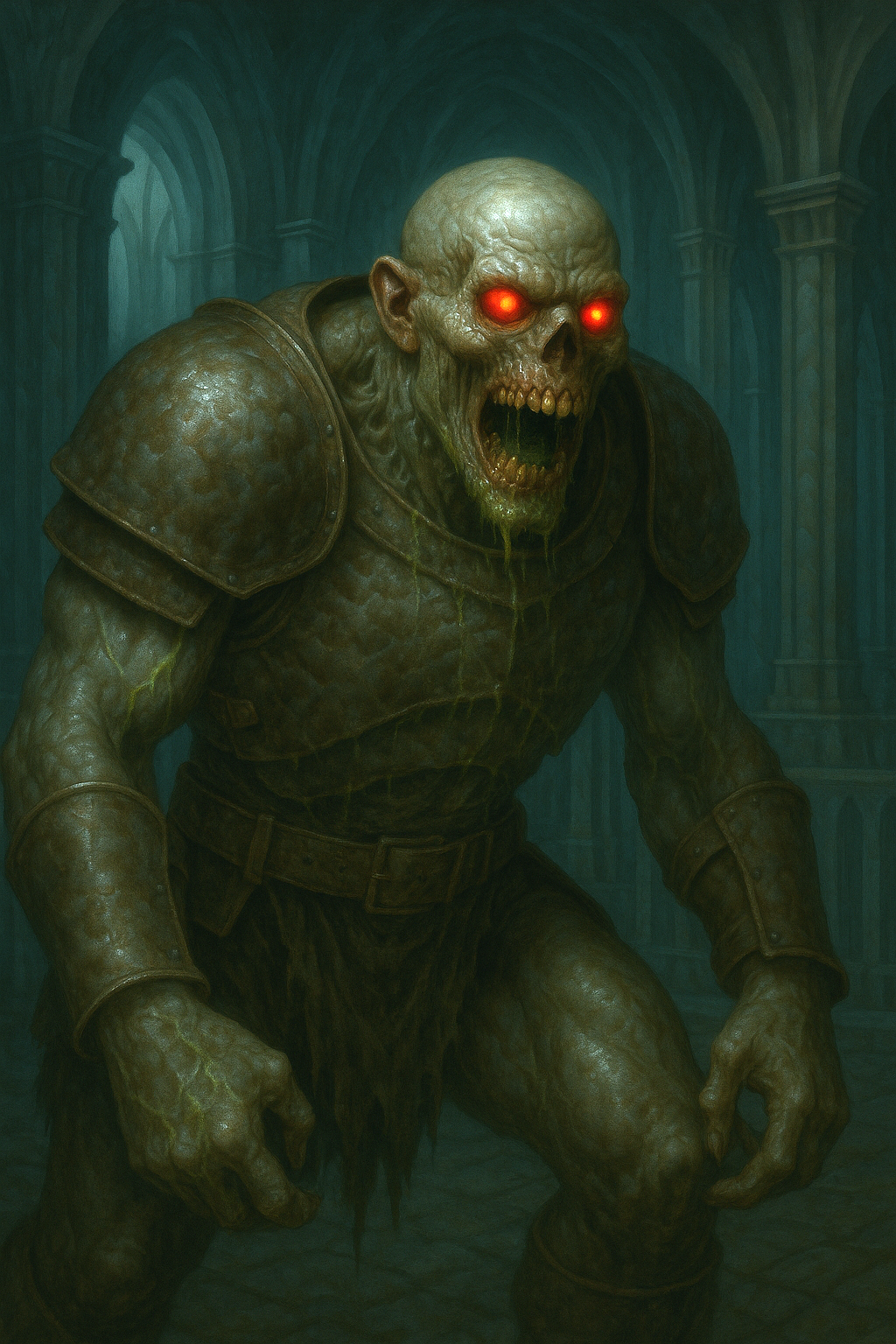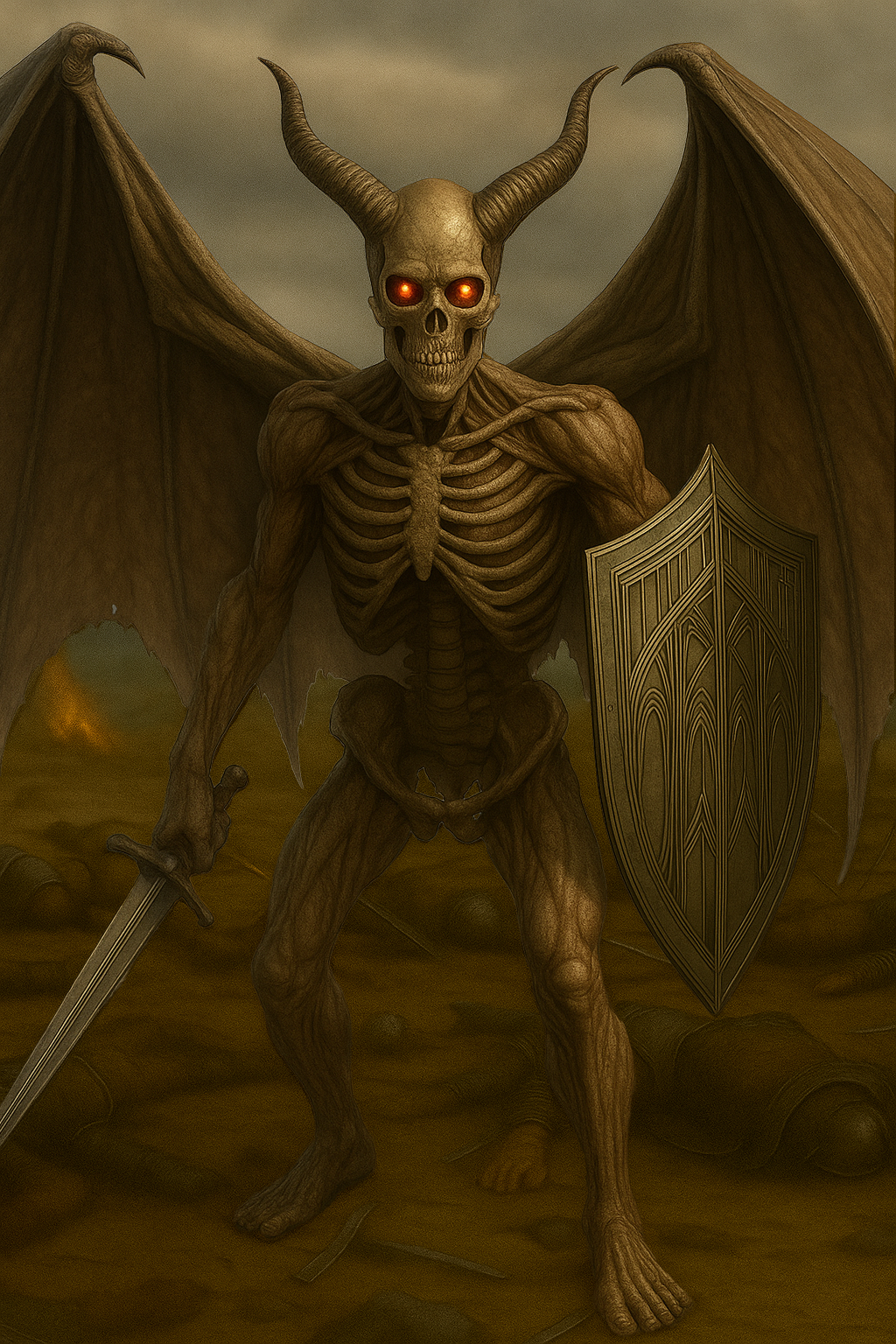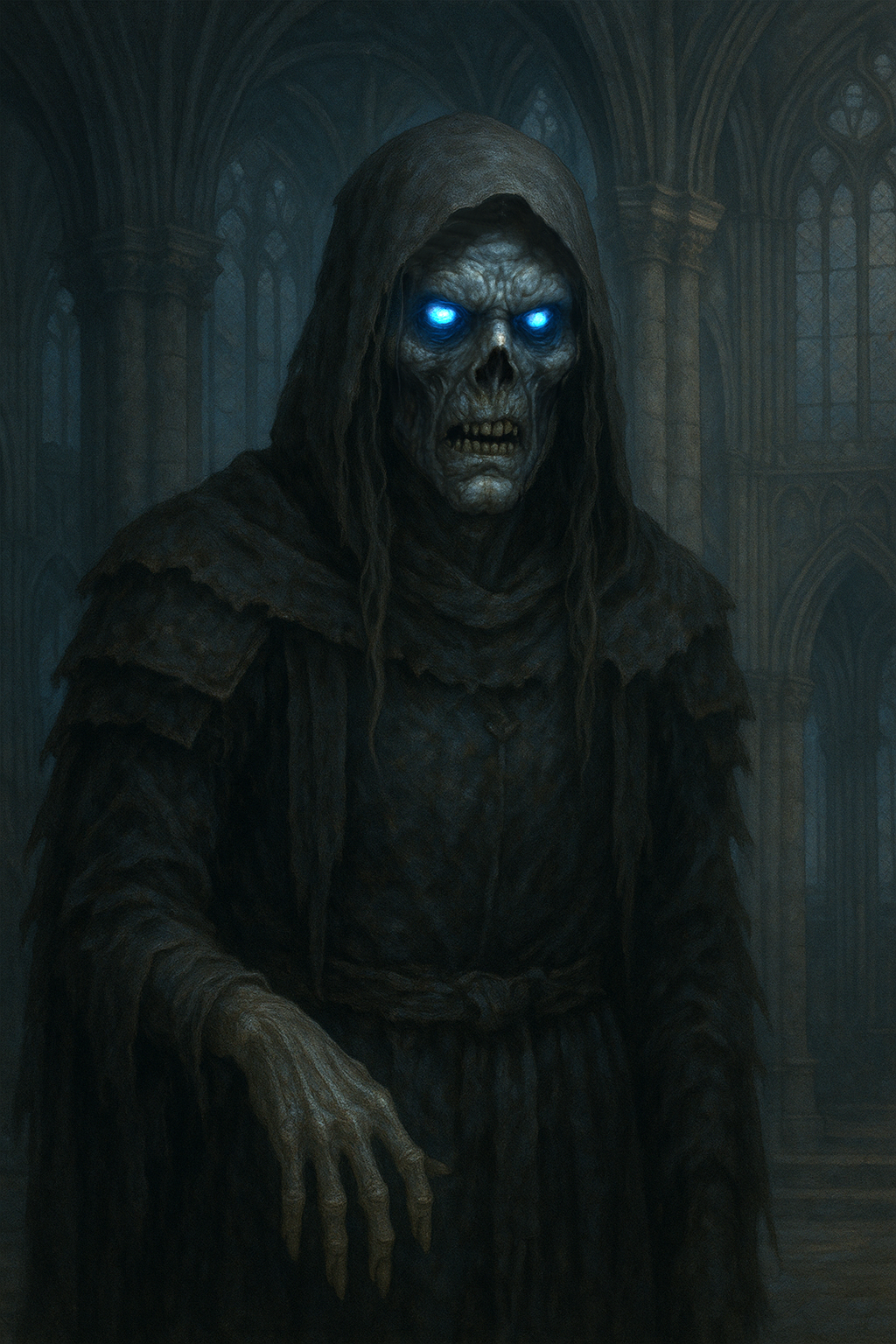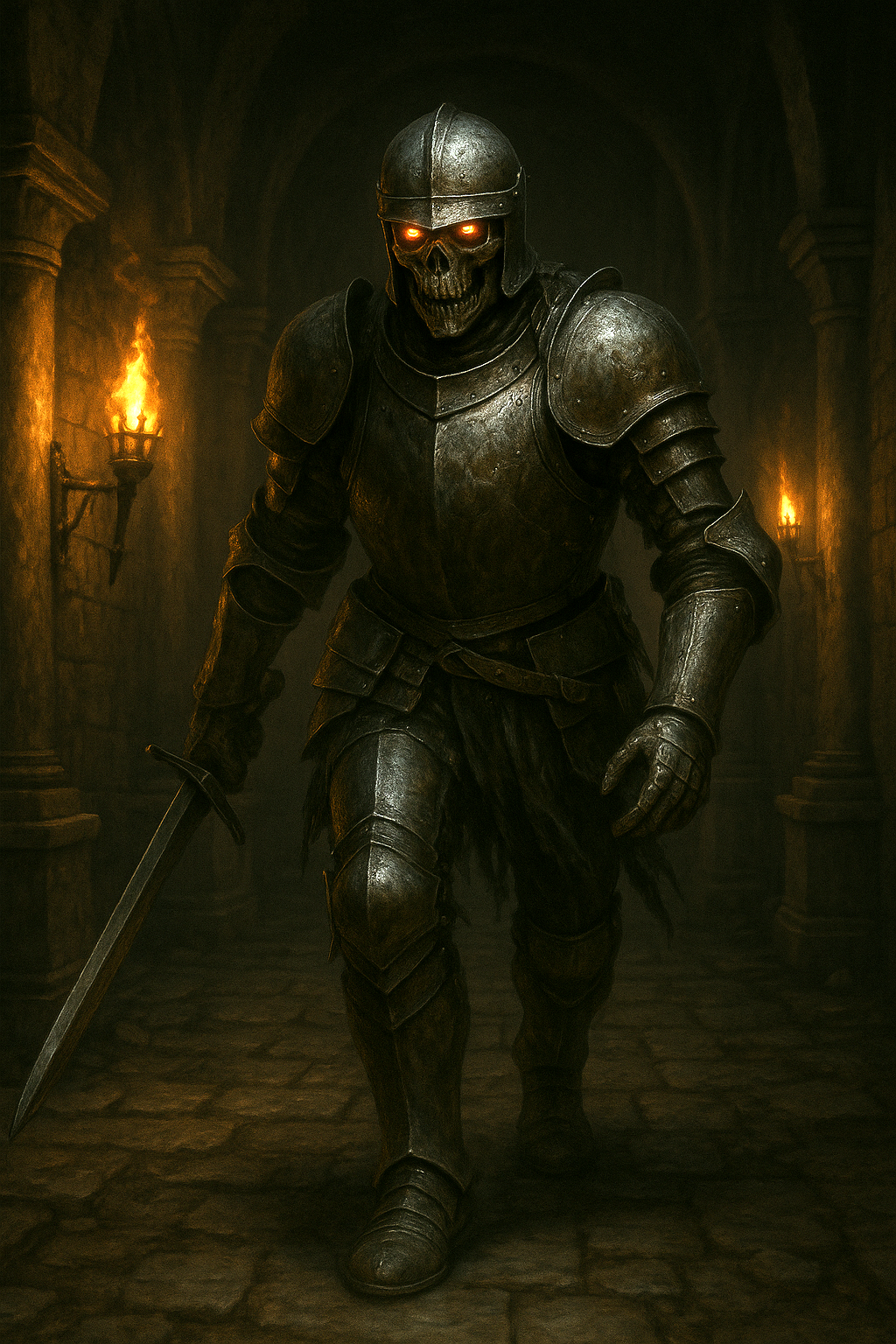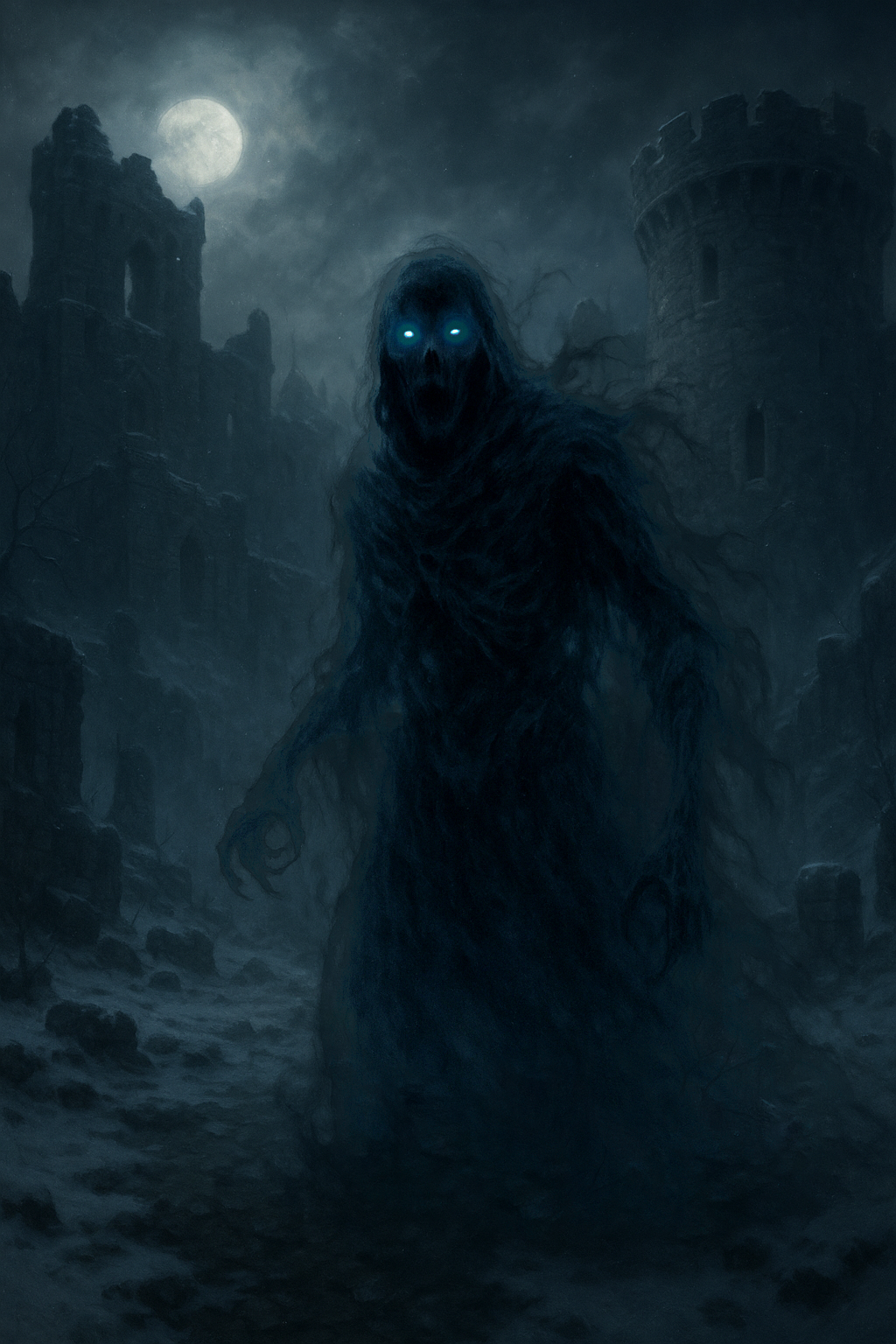If you don’t already have it, please pick up a copy of the Knightmare novel here:
 Spoiler Warning: This page contains lore or visual elements that tie directly into the plot of the Knightmare novel. This data is being presented as an after-read compendium and not a pre-read information guide. Proceed at your own risk if you haven’t read the book.
Spoiler Warning: This page contains lore or visual elements that tie directly into the plot of the Knightmare novel. This data is being presented as an after-read compendium and not a pre-read information guide. Proceed at your own risk if you haven’t read the book.
Monsters of Knightmare
“Not all things that stir in the dark are undead. Some are worse.”
Welcome to the Knightmare Bestiary, a curated archive of some of the monsters that roam the world of Knightmare: Rising from the Ashes. Here, you’ll find both familiar horrors and original abominations unique to this saga. From shambling undead and corrupted beasts to arcane constructs and elite necroforged juggernauts, each creature is more than just fang and fury, it’s part of a growing, evolving world.
This manual includes:
-
Classic monster archetypes (zombies, wraiths, skeletons, etc.) reimagined through a darker lens.
-
Knightmare-exclusive mobs designed specifically for this story, such as Ashforged Zombies, Bonepickers, Dreadwings, and the grotesque Ghast.
-
Blightborn and Necroforged classifications that reflect their cursed origin stories and magical corruption.
-
Arcane Constructs that defy the grave entirely, brought to life through forbidden spellwork rather than death itself.
Disclaimer
This is an independent work of original fiction. While it pays respectful homage to classic fantasy and RPG themes, including those popularized by systems like Dungeons & Dragons®, all monsters, settings, and designs herein are unique to the Knightmare universe unless explicitly noted. No copyright infringement is intended, just badass storytelling.
Common Monsters in Knightmare
(Frequently encountered foes found in low to mid-tier regions—standard undead, beastly corpses, and wilderness-dwelling hostiles.)
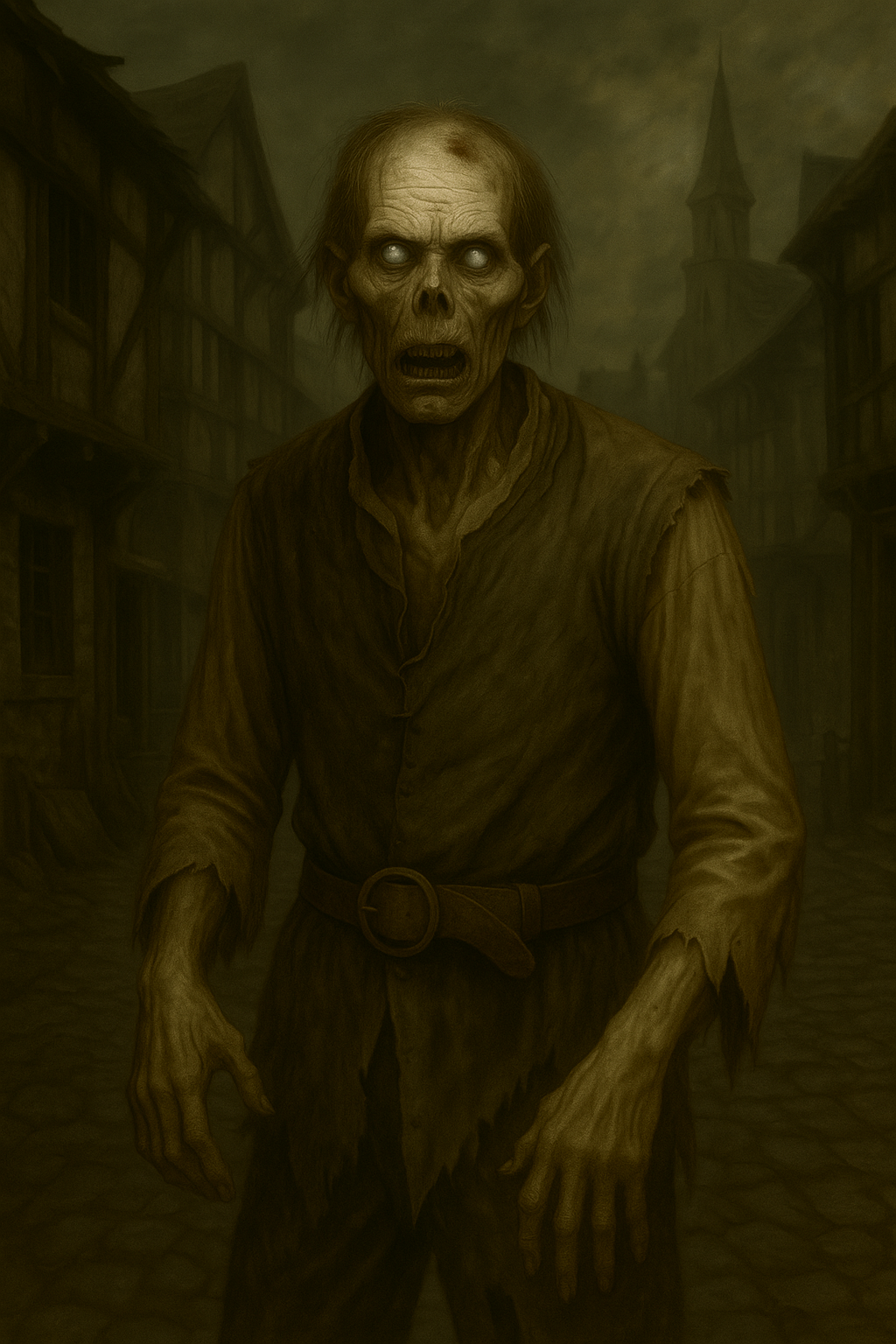
Zombie
Type: Standard Undead
Subtype: Raised Corpse
Threat Level: Low (Tier I)
Eye Color Indicator: Low white glow = Necromancy-animated
A decaying corpse reanimated by necromantic magic, the Knightmare zombie is a mindless brute driven by a singular purpose, kill the living. These undead are slow but relentless, trudging forward even with shattered limbs or fatal wounds. Lacking intelligence or coordination, they rely on numbers and durability to overwhelm. The signature white eye glow marks the animating force, typically a dark mage or cursed location. Individually weak, zombies become a serious threat when clustered or used to bait traps.
Game Insight: In traditional RPG settings, zombies are immune to charm, sleep, and poison. They often have a passive trait allowing them to shrug off a “killing blow” and keep coming, especially when controlled by strong necromancers.

Ghoul
Type: Undead
Subtype: Carrion Eater
Threat Level: Moderate (Tier II)
Eye Color Indicator: Low white glow = Necromancy-animated
Ghouls are fast, ravenous undead that retain a twisted sense of cunning. Once human, these creatures have devolved into flesh-craving horrors, often found near battlefields, crypts, or plague-ridden towns. Their bloated, porcelain-toned skin is stretched tight over unnatural muscle, with black veins and swollen, glowing eyes hinting at the corruptive magic that sustains them. Ghouls attack in frenzied bursts, using elongated claws and whip-like tongues to paralyze or maim. Unlike mindless zombies, ghouls possess just enough intelligence to hunt, ambush, and retreat if outmatched.
Game Insight: Traditionally, ghouls have a chance to paralyze victims with their claws, especially in older RPG systems. They’re immune to charm, fear, and poison, and often act independently of their summoner. Tactically, they're glass cannons, fast and dangerous, but vulnerable when isolated.
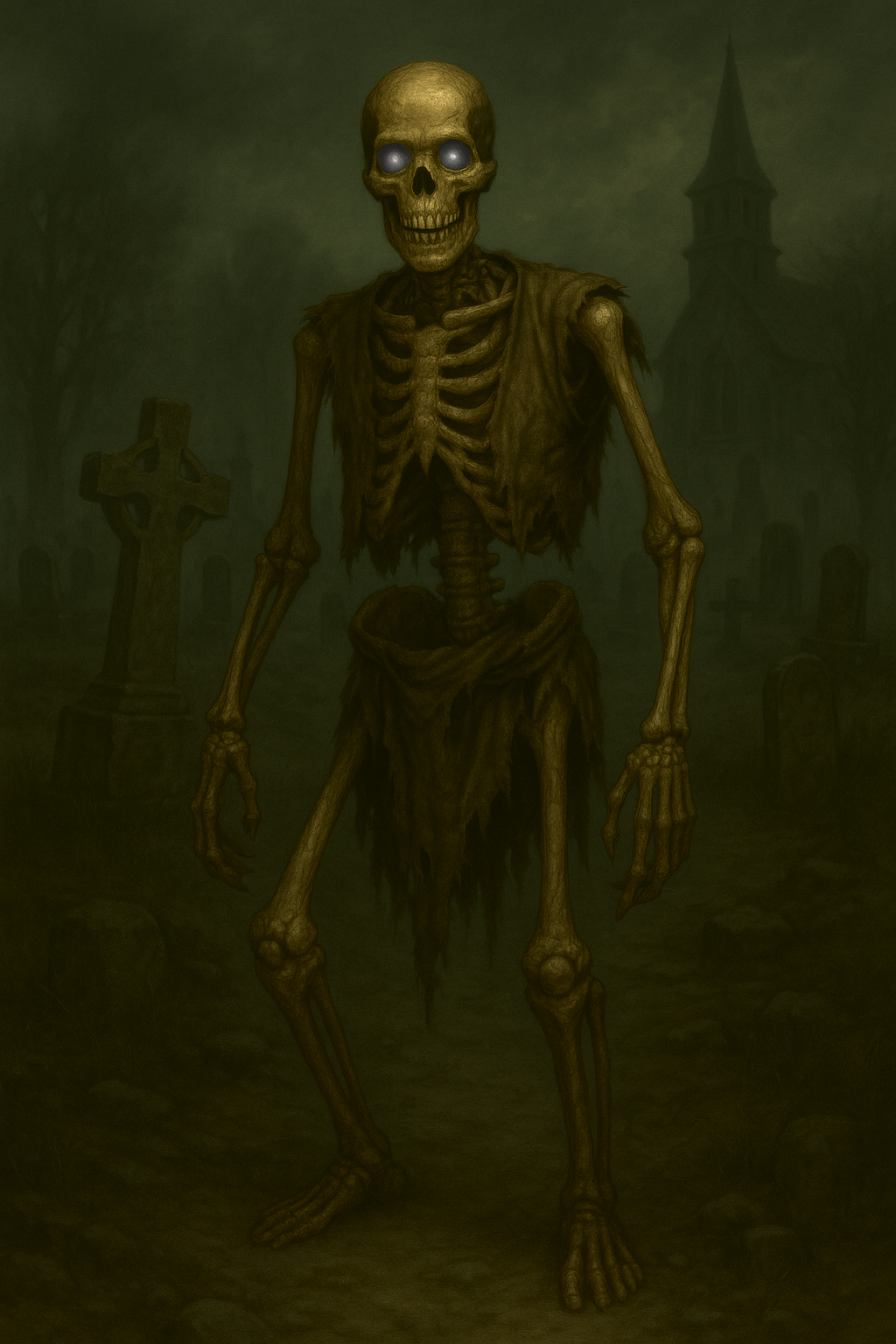
Skeleton
Type: Undead
Subtype: Reanimated Bones
Threat Level: Low (Tier I)
Eye Color Indicator: Low white glow = Necromancy-animated
Stripped of flesh but not menace, skeletons are reanimated corpses held together by sheer necromantic force. Unlike zombies, their movements are unnervingly sharp/jerky and angular, yet surprisingly fast. Most still wear the tattered remnants of their former lives: rusted armor, robes, or burial garb. Whether wielding swords, spears, or just their own claws, skeletons obey their summoner with unwavering precision. They’re often used as foot soldiers or crypt guardians where subtlety isn’t required, but intimidation is.
Game Insight: Skeletons are classic low-tier undead in most RPG systems. Resistant to piercing damage and immune to poison or mind-affecting spells, they make effective fodder troops. Unlike zombies, skeletons are often slightly faster and can use weapons, making them more tactically versatile in combat.
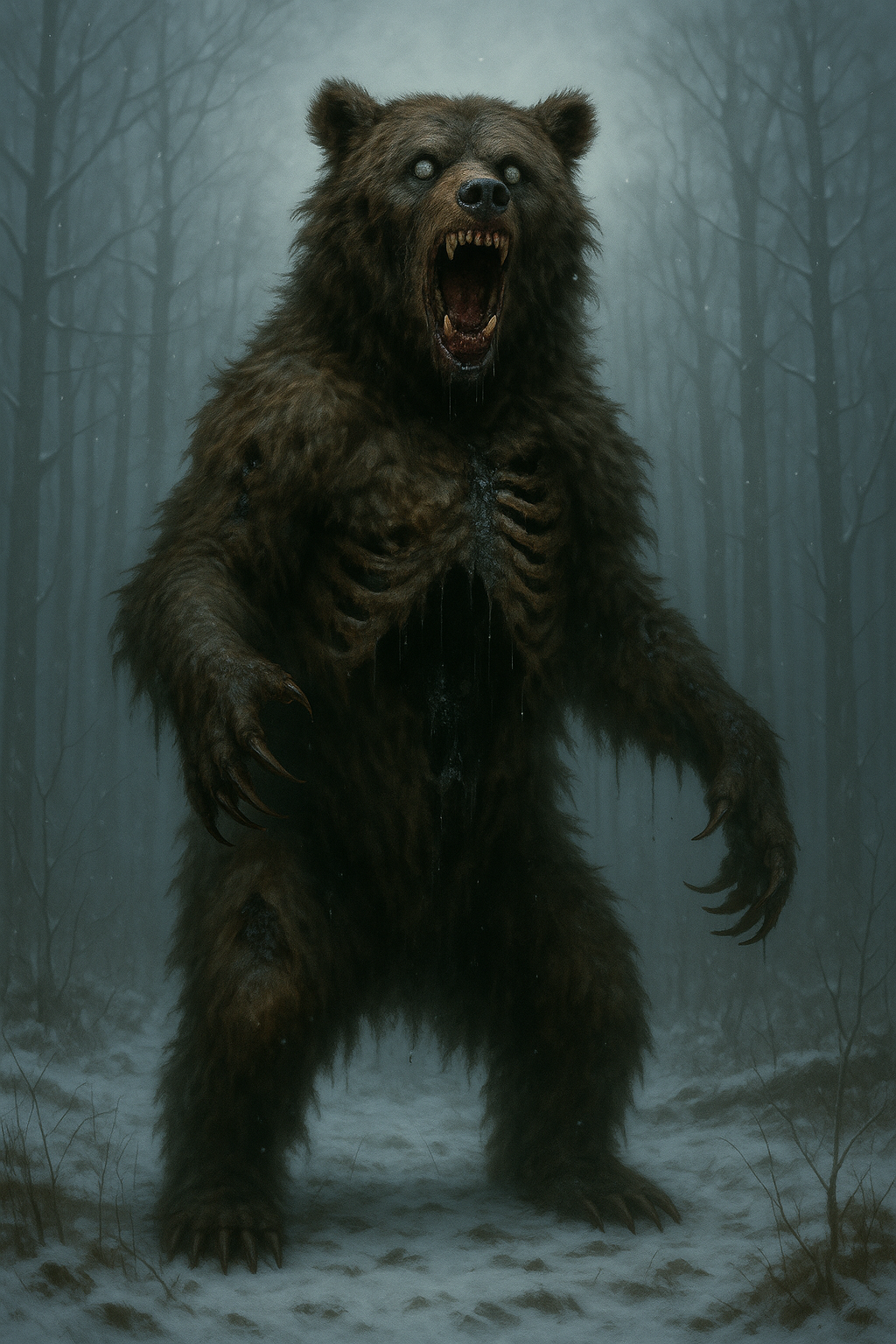
Undead Grizzly
Type: Undead
Subtype: Reanimated Beast
Threat Level: Moderate (Tier II)
Eye Color Indicator: Milky white / Low white glow = Necromancy-animated
Once a formidable apex predator, this grizzly has been unnaturally reanimated, its rotted hide barely concealing the monstrous bulk beneath. Unlike humanoid undead, the Undead Grizzly operates on primal instinct laced with violent memory, lashing out with crushing paws, snapping jaws, and the fury of a beast that never should have risen. Its milky white eyes usually indicates a body raised without spiritual essence, pure corpse manipulation rather than soul-bound necromancy. Often found near desecrated woods, cursed ruins, or corrupted wilderness paths, these abominations are living siege weapons built for brutality.
Game Insight: In most RPG systems, undead beasts like these function as mid-tier threats, high hit points, devastating melee, but susceptible to tactical coordination. Immune to charm and fear, they’re vulnerable to radiant damage and often used to break party lines or maul back-row casters.
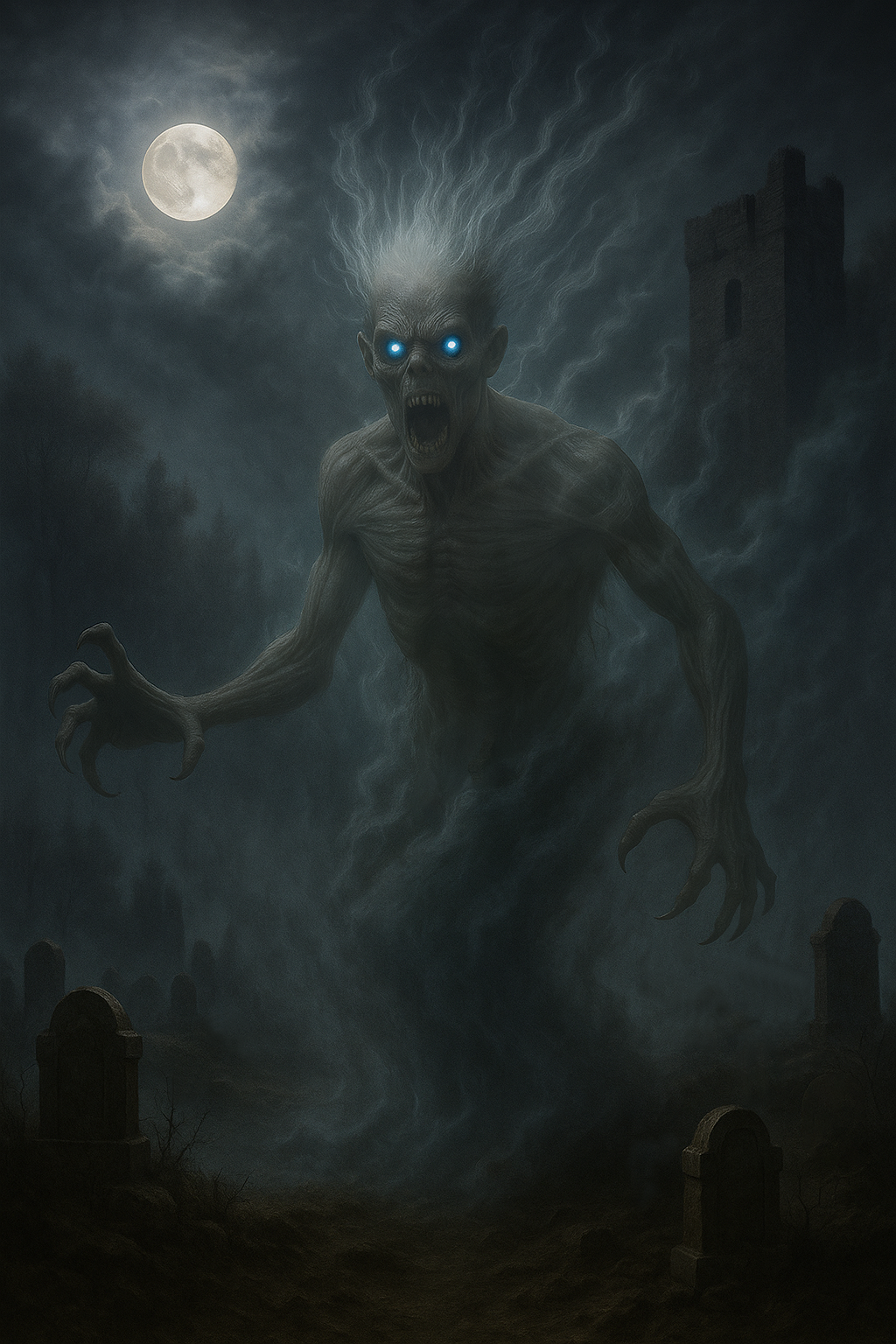
Spectre
Type: Undead
Subtype: Spirit Entity
Threat Level: Moderate (Tier II)
Eye Color Indicator: Blue-white glow = Spirit-based undead
Spectres are sorrowful remnants of the dead, born not of necromancy but of unfinished business, trauma, or violent betrayal. Unlike flesh-bound undead, they possess no physical body, only a twisted echo of the soul that once lived. Their incorporeal form flickers like smoke, hovering above the ground in graveyards, ruins, or haunted battlefields. Spectres lash out with soul-chilling wails and spectral claws, draining vitality and resolve from their victims. Though unarmored and insubstantial, their resistance to physical attacks makes them dangerous foes in prolonged engagements.
Game Insight: In most RPGs, spectres are incorporeal and immune to non-magical weapons. They often drain life or reduce maximum hit points. Radiant damage and force magic are typically the best counters. Their ethereal nature allows them to pass through walls and terrain, making them ideal ambush predators.
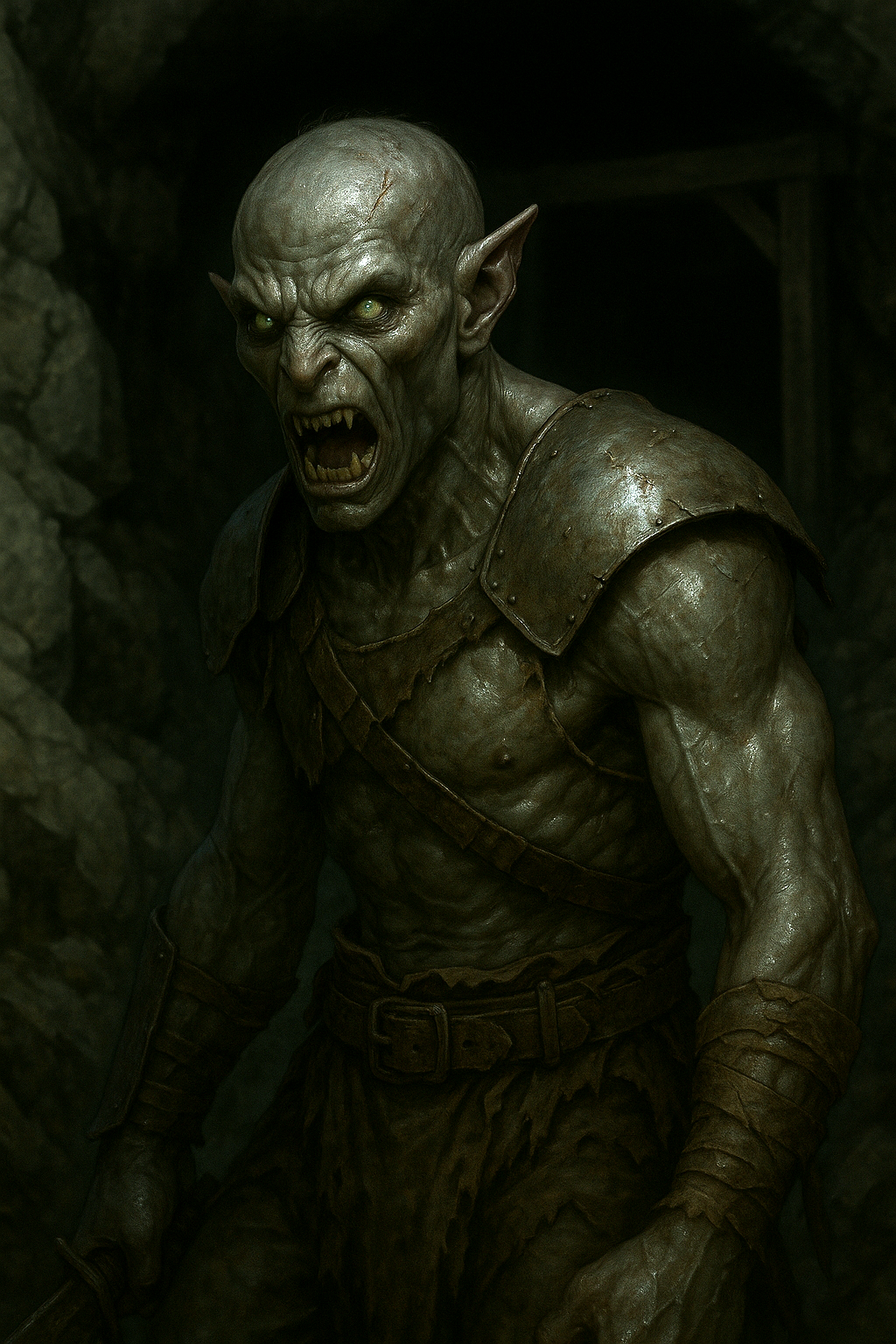
Grey Orc
Type: Humanoid
Subtype: Winter Orc (Grey Orc)
Threat Level: Moderate (Tier II)
Eye Color Indicator: None (natural creature)
Grey Orcs are hardened, cave-dwelling warriors adapted to the brutal conditions of colder climates. Unlike their green-skinned cousins who thrive in temperate or jungle environments, Grey Orcs are leaner, more disciplined, and known for fighting in coordinated hunting bands. Their skin is ashen or pale gray, often streaked with frostbitten scars or war paint. Found in mountain passes, deep mine shafts, or snow-choked forests, these orcs rely on ambush tactics, tunnel fighting, and endurance warfare. In the Knightmare setting, Green Orcs are rarely seen outside southern regions, making Grey Orcs the primary orc threat in colder zones.
Game Insight: Grey Orcs serve as versatile mid-tier enemies, capable of wielding weapons, setting traps, and coordinating attacks. They are less reckless than standard orcs in most RPG systems and often come with ranged or shamanic support. Strong constitution and tactical cunning make them a threat in numbers, especially in close quarters.
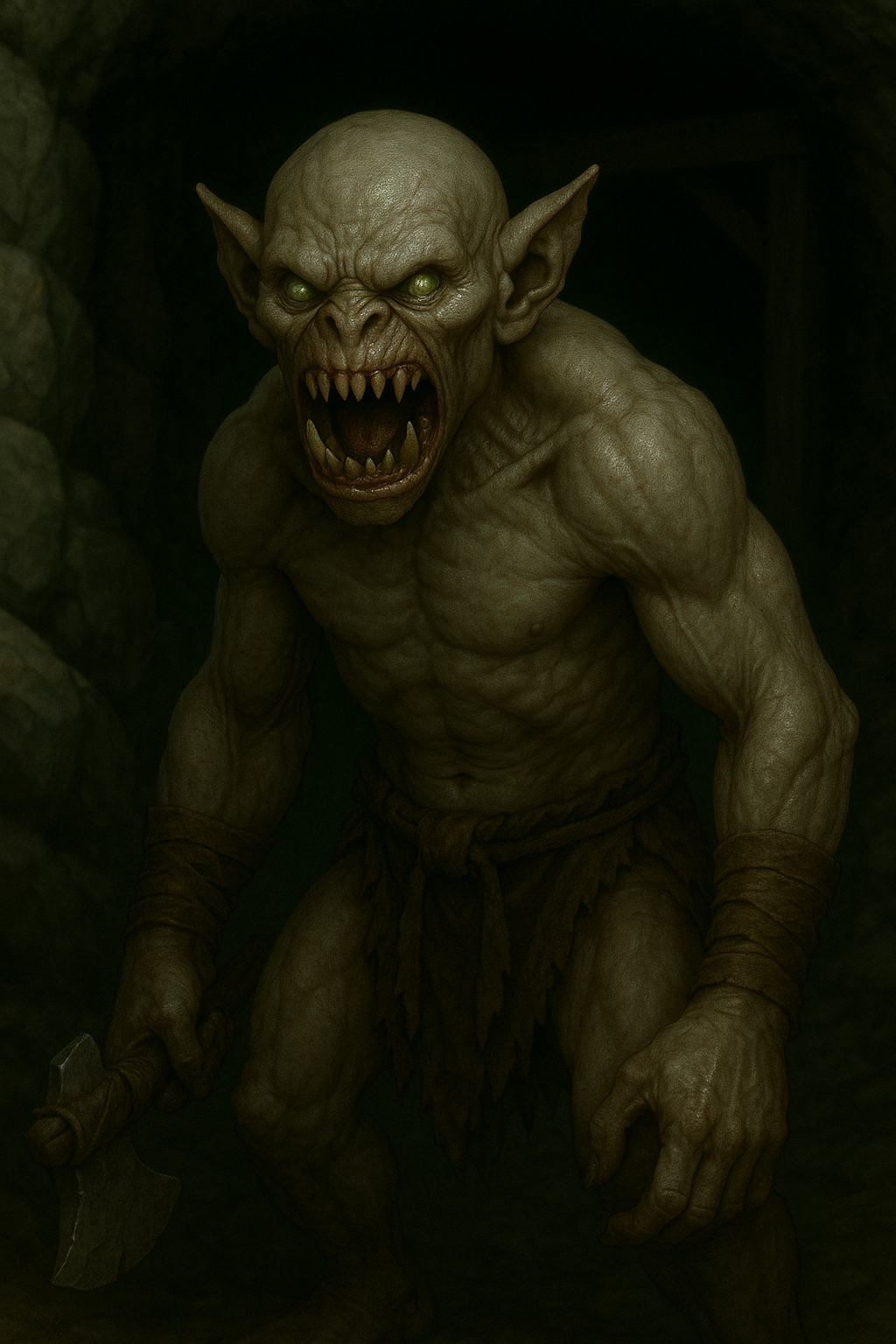
Cave / Highlands Goblin
Classification: Standard Mob
Type: Primal Goblinoid
Threat Level: Moderate (Tier I–II)
Eye Color Indicator: Gray-white eyes = Non-magical, feral species
Cave Goblins are muscular, feral humanoids adapted to cold climates and underground hunting. Coming in at just over 3 feet tall. Unlike their smaller kin, these creatures are fast, cunning, and shockingly strong for their size, built more like hairless apes than traditional goblins. With elongated arms, bone-crushing strength, and primitive stone weapons, they hunt in small packs and strike from shadows with brute force.
Their pale, dead-looking eyes are not magical in nature but reflect their subterranean environment, sensitive to light, tuned for darkness. Despite their primitive gear, they’re clever enough to scavenge weapons or bait traps for unwary travelers.
Game Insight: These goblins fight with ambush tactics, using tunnels, elevation, and sheer muscle. They are vulnerable to bright light or loud noise but can overwhelm unprepared adventurers with shock attacks and pack coordination.
Ashforged Monsters
(Born of flame and undeath, Ashforged creatures are scorched horrors sustained by an internal emberstone and necromantic force. Most are vulnerable to cold or water-based attacks.)

Ashforged Zombie
Type: Undead
Subtype: Ashforged
Threat Level: Moderate (Tier II)
Eye Color Indicator: Molten glow = Necromancy-animated
Created when a necromancer introduces an emberstone gem down a corpse’s throat. The gem superheats inside the body, leaving a flaming and smoldering corpse that still moves. Ashforged Zombies can emit flames, heat and smoke, leaving scorched footprints as they drag their ruined forms forward. They retain some of the durability of traditional undead, but the flames that power them, also burn their surroundings and make them volatile in death, often flaring or combusting upon destruction. Holy magic and cold-based attacks inflict enhanced damage, disrupting the fire that sustains them.
Game Insight: Ashforged creatures are typically immune to fire, but vulnerable to cold and water-based damage. Area-of-effect frost or divine spells are especially effective. Usually used as fire starters, Ashforged zombies may ignite nearby flammable objects or cause minor fire damage in close quarters.

Bonepicker
Type: Ashforged
Subtype: Sinew-Hunter
Threat Level: Moderate (Tier II)
Eye Color Indicator: Molten glow = Necromancy-animated
The Bonepicker is a swift, feral undead creature born of scorched remains and necromantic fire. It resembles a skeletal greyhound warped by dark magic, its limbs long and sinewy, its body sometimes flaming or cracked with ember-lit fissures. Unlike the sluggish Ashforged Zombie, the Bonepicker is all speed and frenzy, often used as a shock troop or scout by more intelligent undead masters. It moves in unpredictable bursts, darting through fire-lit ruins and ambushing from shadow. While fragile when isolated, Bonepickers become deadly in packs, tearing enemies down with claws and burning fangs before disappearing into the dark.
Game Insight: Bonepickers are often treated as fast, low-HP enemies with high initiative and multiple attacks. Their Ashforged nature makes them vulnerable to water, cold, and ice-based spells or weapons, which disrupt their internal flame and slow their reflexes. DMs may use them as glass-cannon ambushers or to harass casters and archers at the rear of a fight.
Blightborn Monsters
(Once living creatures, these horrors are twisted by exposure to raw Blight magic. Their forms are warped, their instincts corrupted, and their eyes glow with unnatural green fire.)
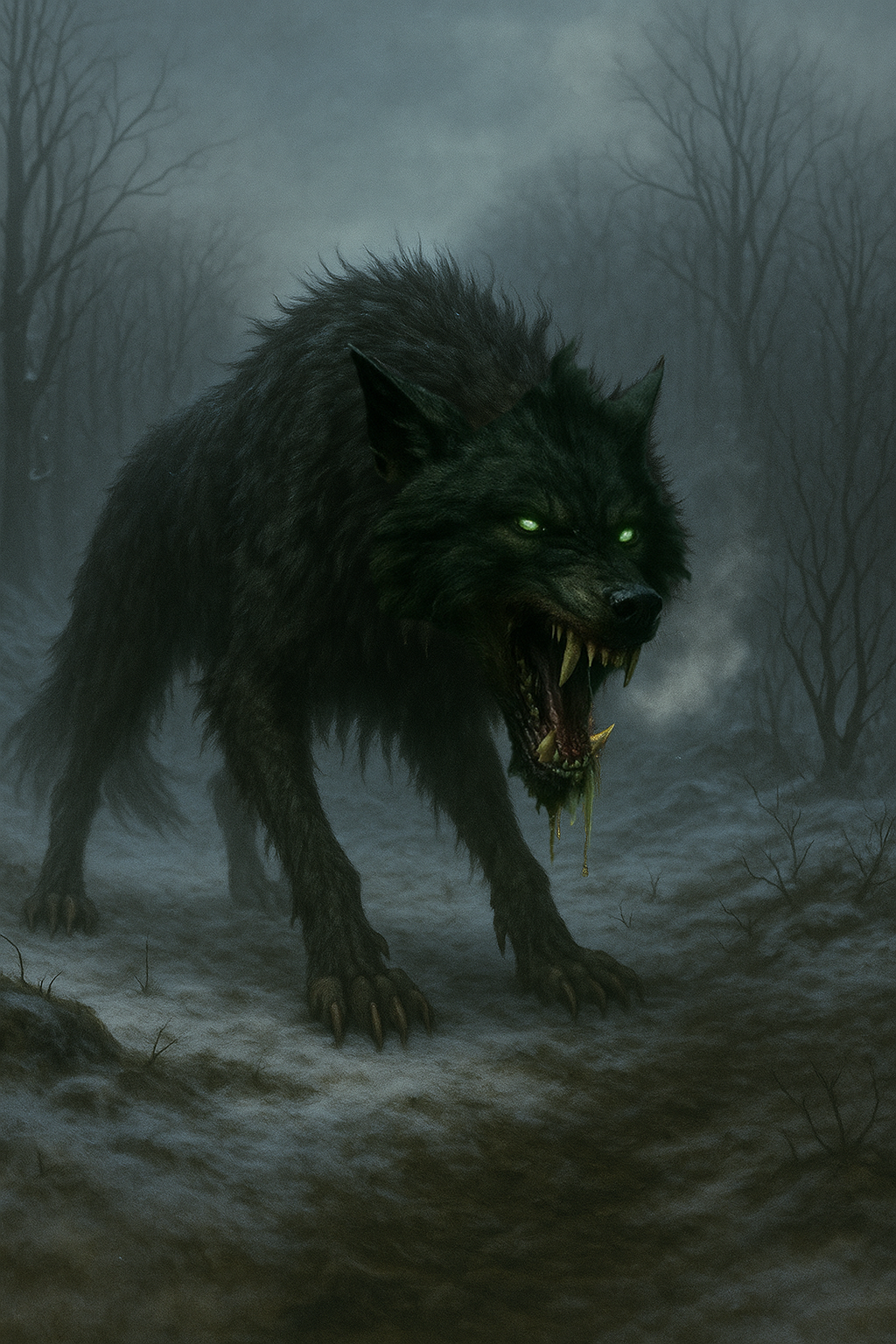
Blightwolf
Type: Blightborn
Subtype: Corrupted Beast
Threat Level: Moderate (Tier II)
Eye Color Indicator: Subtle green glow = Blight-infused mutation
Blightwolves were once ordinary forest predators, now warped by prolonged exposure to wild Blight magic. Their bodies pulse with sickly energy, muscles overgrown and sinews stretched beyond natural limits. A glowing green light burns in their eyes and maws, leaking mist as they hunt in unnerving silence. Fast, aggressive, and unnaturally coordinated, Blightwolves often appear in corrupted forests or alongside Blight-touched druidic cults.
Game Insight: Blightwolves are agile frontline threats that deal poison or necrotic damage. They are vulnerable to radiant and fire-based attacks, which can disrupt the Blight animating their bodies. Pack tactics and high mobility make them dangerous when used in numbers or ambushes.
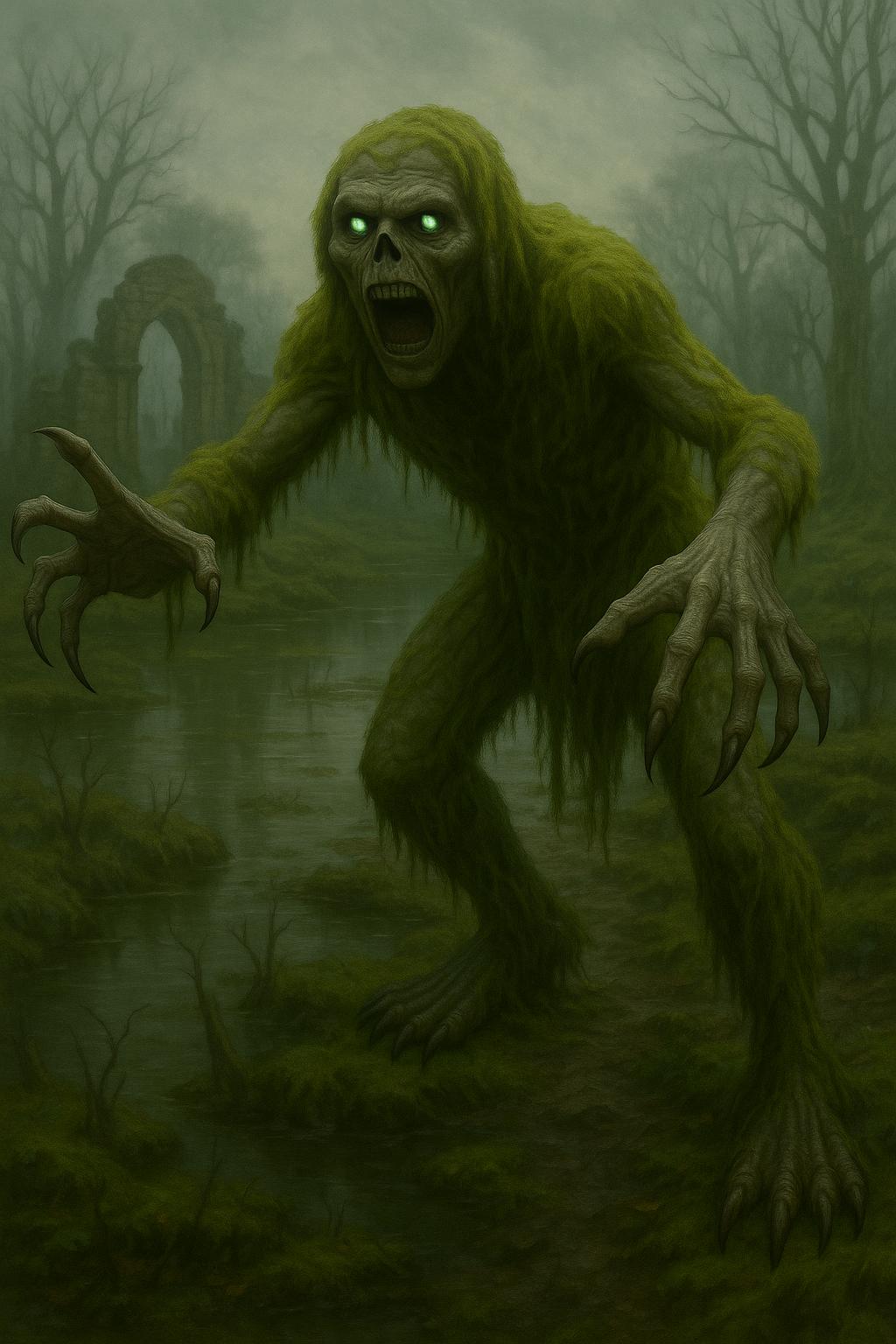
Mosskin Wretch
Type: Blightborn
Subtype: Swamp / forest Mutant
Threat Level: High (Tier III)
Eye Color Indicator: Subtle green glow = Blight-infused mutation
The Mosskin Wretch is a bloated, fungal abomination that once resembled a humanoid. Now covered in moss, bark, and spore-infested flesh, it lumbers through swamps and marshes, leaking poisonous sludge with every step. fast and nearly impervious to pain, these creatures were likely born of failed rituals or long-forgotten blight experiments. They are often mistaken for undead, but they still breathe, barely and suffer from relentless pain that fuels their rage.
Game Insight: Mosskin Wretches are tanky, but fast-moving threats ideal for blight-themed zones. They may inflict poison, disease, or terrain effects like fungal gas or sticky bog auras. Radiant damage, fire, and cleansing magic can weaken their thick hides and fungal armor.

Blightborn Bog Goblin
Classification: Blightborn
Type: Mutated Goblinoid
Threat Level: Moderate (Tier II)
Eye Color Indicator: Bright green glow = Blight-corrupted
These hulking swamp-dwelling goblins are the twisted result of Blight corruption overtaking an already vicious species. Broader and more powerful than their cave-dwelling cousins, Blightborn Bog Goblins are brutal ambush predators that use overwhelming strength and swamp camouflage to drag prey into the muck. Their skin is bloated and gnarled, riddled with mossy patches, living vines, and parasitic leaf growths. The glowing green eyes mark their Blightborn status and are often the last thing seen before the attack.
While unafflicted bog goblins may have once existed, they have been almost entirely wiped out or mutated beyond recognition. The Blight now shapes their evolution, bloated muscles, fungal veins, and all.
Game Insight: These creatures are resistant to poison and highly durable. Some may erupt with Blight spores on death, making close-range kills dangerous without a saving throw. Use fire or ranged tactics to avoid being overwhelmed in swamp terrain.


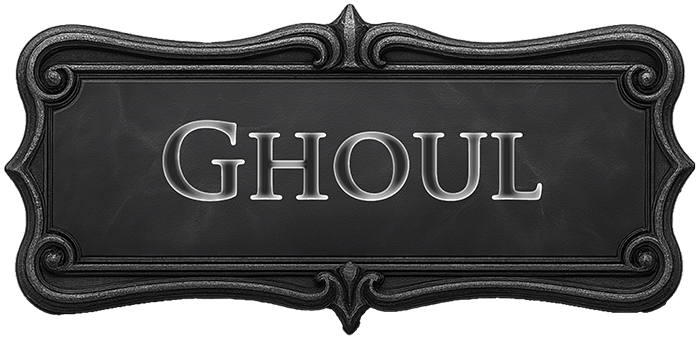
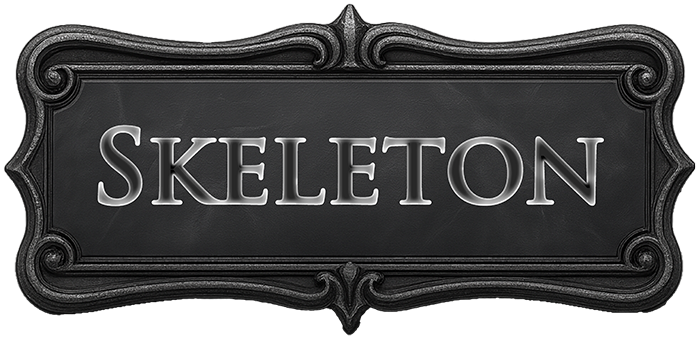



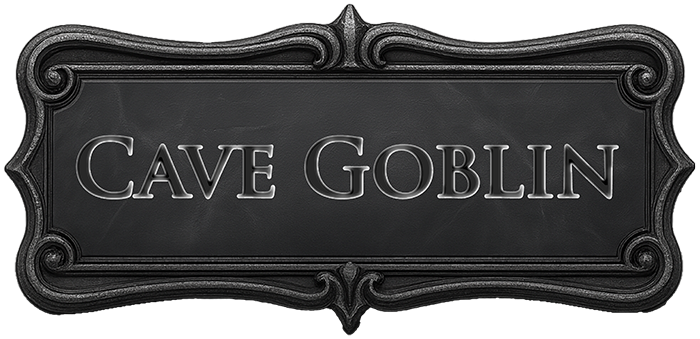



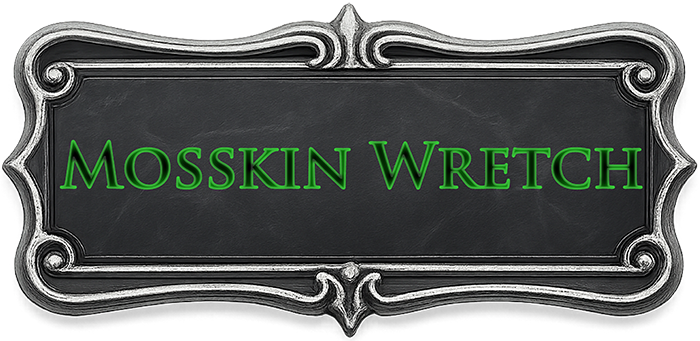
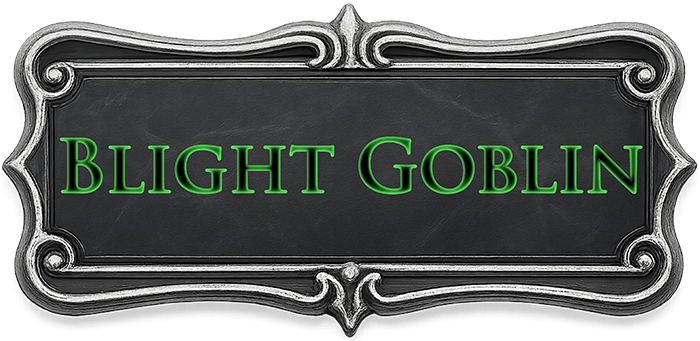
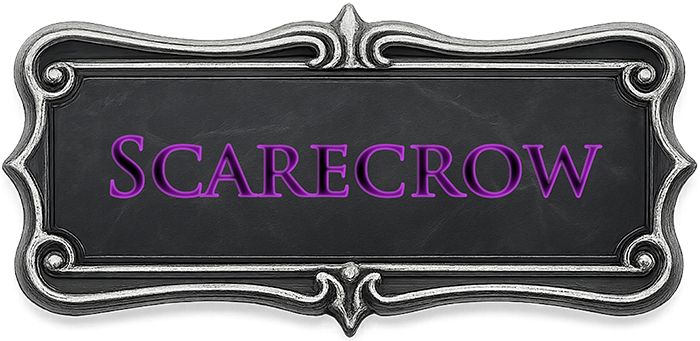

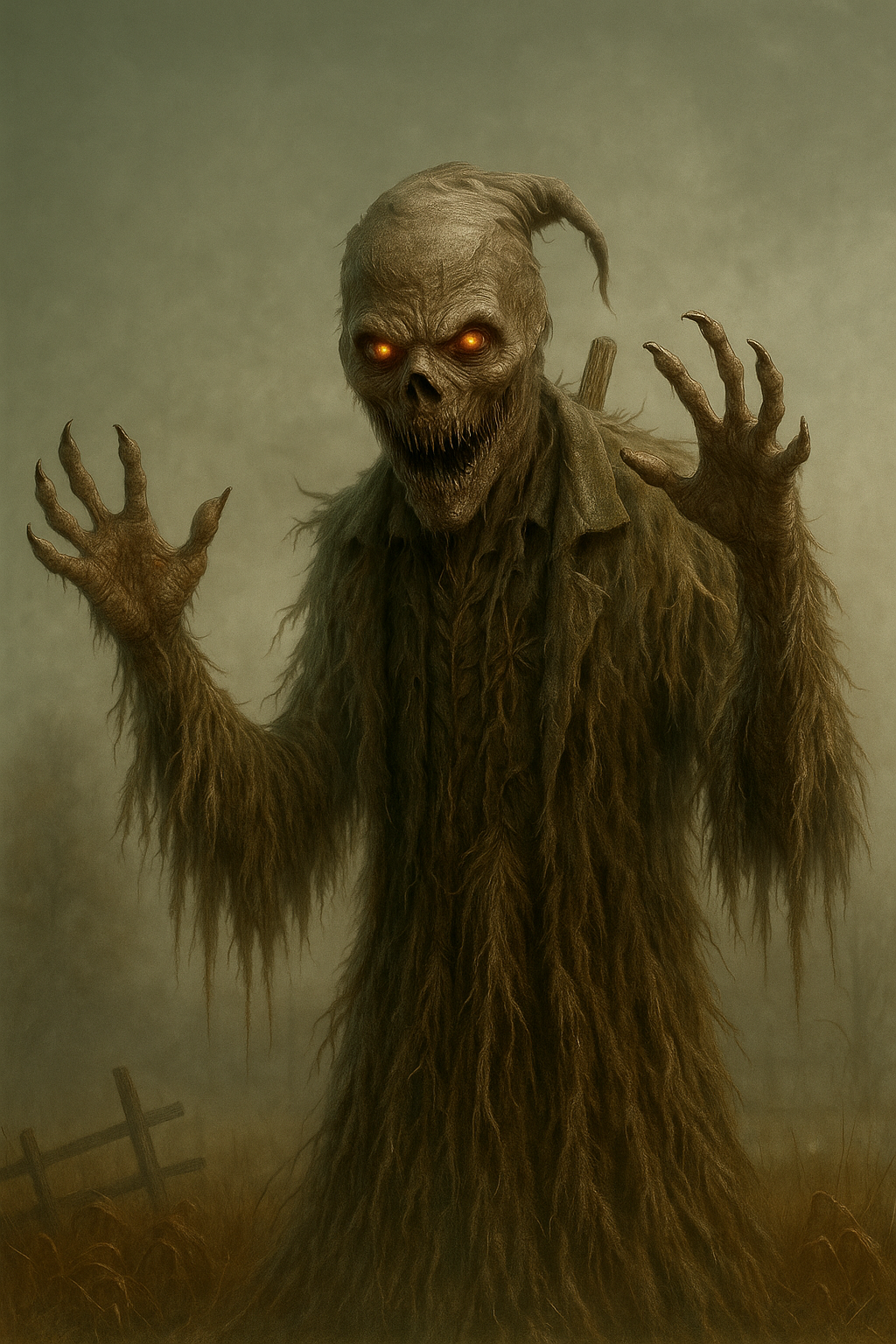
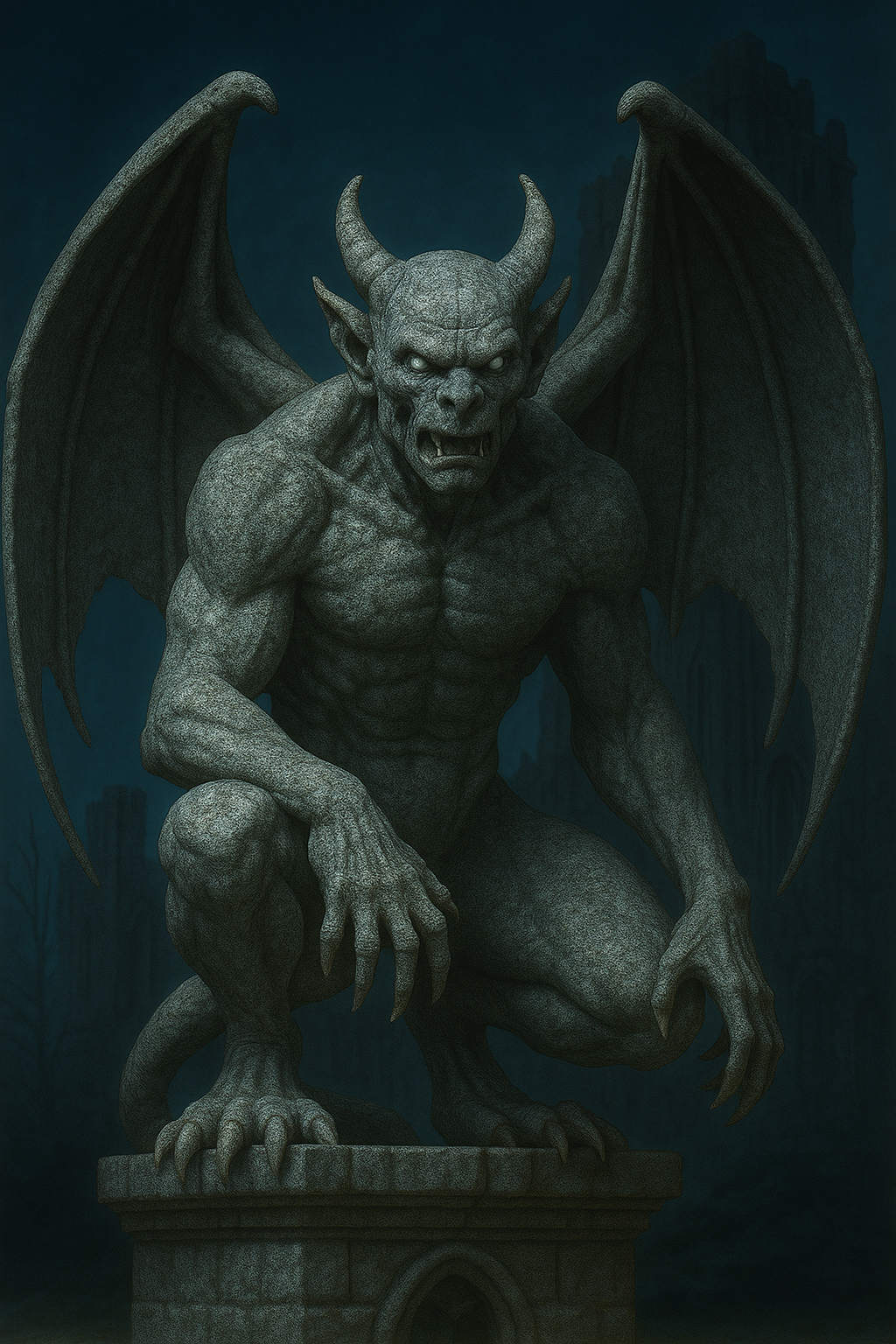
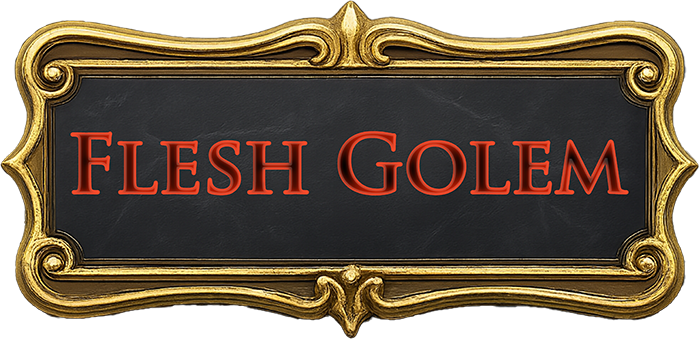
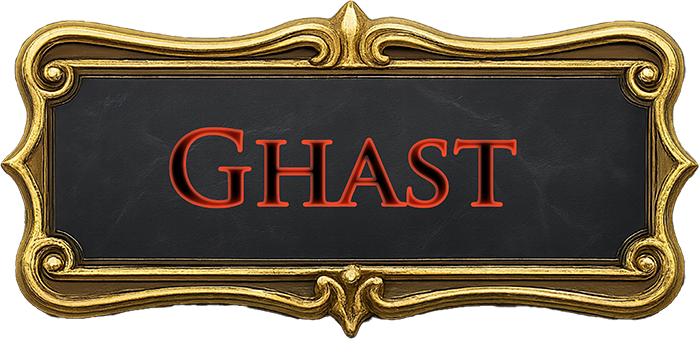
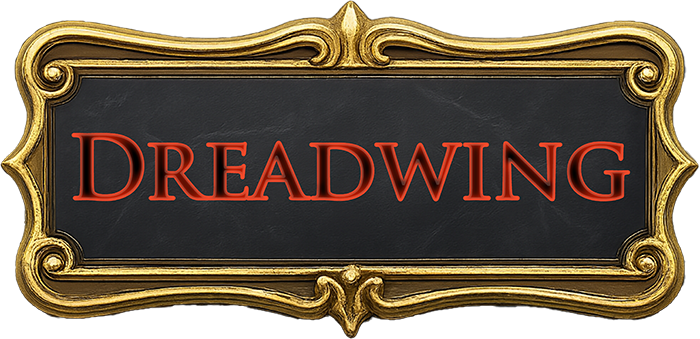



 Golem 2
Golem 2
 Golem 3
Golem 3

